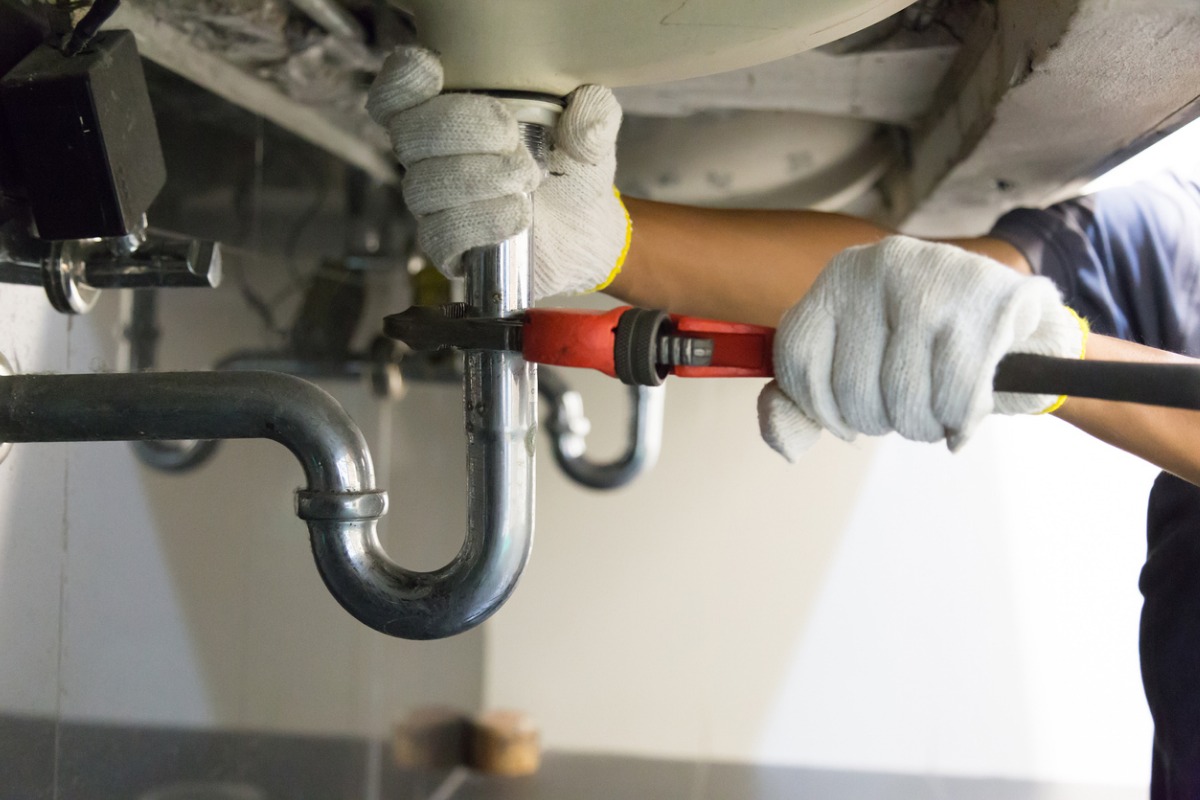Quality Water Heater Installation Alabaster AL for Ideal Comfort
Quality Water Heater Installation Alabaster AL for Ideal Comfort
Blog Article
A Step-by-Step Guide to Efficient Water Heater Installation for Optimum Efficiency
Embarking on the job of installing a water heating unit is a venture that demands accuracy and a systematic approach for achieving optimal efficiency. The procedure starts with the critical decision of picking the appropriate heater tailored to the particular requirements of your family, thinking about factors such as kind, size, and energy source. As soon as picked, preparing the installment location to fulfill safety and security criteria is critical. The journey doesn't end right here. As you proceed, the details of attaching supply of water lines and establishing up reliable electric or gas links wait for, promising understandings into ensuring effectiveness and reliability.
Choosing the Right Water Heater

Next, consider the dimension and ability of the water heating system. It's vital to assess your household's warm water needs, which can vary based upon the number of passengers and their use patterns. A system that's too little may cause inadequate hot water, while an oversized version might cause unneeded power usage.
Effectiveness rankings likewise play a pivotal function in selection. Seek hot water heater with high Energy Variable (EF) scores, showing premium efficiency and reduced power use. Tankless versions, though normally a lot more expensive upfront, offer considerable energy financial savings in time due to their on-demand home heating capabilities.
Preparing the Installation Location
Prior to installing a new hot water heater, meticulous prep work of the installation area is important. This makes certain a smooth setup procedure and helps protect against future complications (Drain Cleaning Alabaster AL). Begin by selecting a proper location that follows regional building ordinance and safety requirements. The location should be completely dry, well-ventilated, and available for maintenance. It's crucial to measure the area very carefully to suit the water heating unit's measurements, ensuring appropriate clearance around the device for efficient procedure and servicing.
Inspect the flooring for stability, as the water heating system will require a solid, level surface area to operate successfully. If required, mount a drip frying pan underneath the system to capture potential leaks or spills, protecting against water damage to the surrounding location.
In addition, make certain that all essential devices and materials are on hand before starting the setup. This includes products such as wrenches, screwdrivers, a degree, and any additional hardware needed for mounting and securing the heating system. A well-prepared installment area establishes the foundation for a successful hot water heater setup, optimizing performance and safety and security.
Connecting Supply Of Water Lines
When connecting water system lines to your freshly mounted water heating unit, it is important to ensure that all connections are leak-free and safe and secure to maintain efficient operation and prevent water damage. Begin by recognizing the cold and hot water system lines. The cold water inlet is typically noted with a blue tag or a "C", while the warm water electrical outlet is noted with a his explanation red tag or an "H".
Usage versatile water heating system connectors to facilitate a less complicated installment procedure. Before attaching the ports, put a plumbing's tape around the threaded ends of the water heating unit's inlet and outlet pipelines.
Once connections remain in place, slowly switch on the primary water supply shutoff. Evaluate each link for leakages by visually checking and really feeling for dampness. Tighten connections as necessary, and guarantee the next page stress relief valve is properly set up, protecting versus extreme stress build-up.
Establishing Electric or Gas Links
Correctly setting up the electric or gas connections for your water heater is a vital step to make sure safe and reliable operation. For electric hot water heater, start by validating that the electric circuit works with the heating system's voltage and amperage demands. Guarantee the power supply is shut off at the breaker to avoid accidents. Link the electrical wires to the heating unit adhering to the supplier's circuitry representation. Typically, this includes connecting the ground cord to the green terminal, and the remaining cords to their corresponding terminals, protecting each with cable nuts.
For gas water heating systems, security is extremely important. Attach the gas line to the water heater making use of an adaptable gas connector, ensuring it is correctly threaded and secured with pipe joint compound or Teflon tape appropriate for gas connections.
As soon as connections are made, examine for any potential leaks. For gas lines, use a soapy water remedy to the joints; bubbles indicate a leakage. For electric connections, double-check that all wiring is safe and correctly insulated, maintaining compliance with neighborhood electric codes.
Testing and Adjusting for Efficiency
With the electrical and gas connections securely in area, the next step is evaluating the operational efficiency of your water heating you could check here system. Begin by carefully turning on the water supply and ensuring there are no leaks at any of the joints or valves.
Next, carry out a complete examination to make certain the heating aspects or burner are working correctly. For electric heating units, use a multimeter to validate if the elements are drawing the proper current. In gas designs, observe the heater flame; it should be blue and consistent, indicating reliable burning.
Adjust the setups as needed to eliminate inefficiencies. Take into consideration applying insulation measures, such as including a hot water heater blanket, to further boost efficiency by minimizing warm loss. In addition, inspect the anode pole's problem, as a deteriorated pole can decrease efficiency and result in tank corrosion.
Verdict
Efficient hot water heater installation is critical for guaranteeing ideal performance and energy cost savings. By selecting the appropriate kind and dimension, and meticulously preparing the installment location, a foundation for success is established. Securely linking water lines and thoroughly setting up electric or gas links decrease possible problems. Detailed screening for leakages and specific thermostat modifications to 120 ° F boost dependability and efficiency. Sticking to these actions promotes long-term performance and energy preservation in property water furnace.

Effectively setting up the electric or gas links for your water heater is an essential step to make sure secure and reliable operation. For electric water heating units, begin by validating that the electric circuit is compatible with the heating unit's voltage and amperage requirements. Connect the gas line to the water heating system using a flexible gas port, guaranteeing it is properly threaded and sealed with pipe joint substance or Teflon tape ideal for gas links.
Report this page